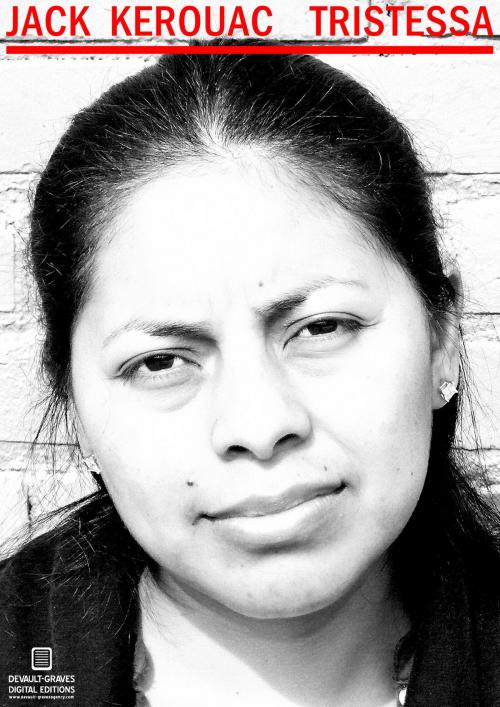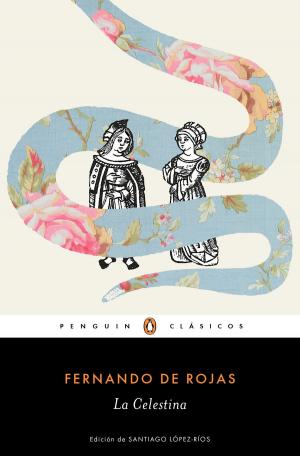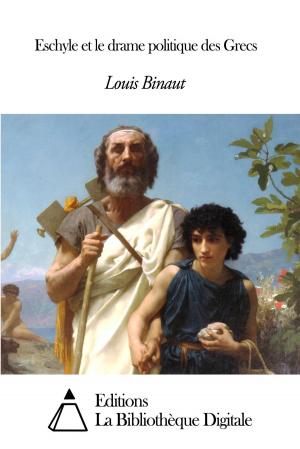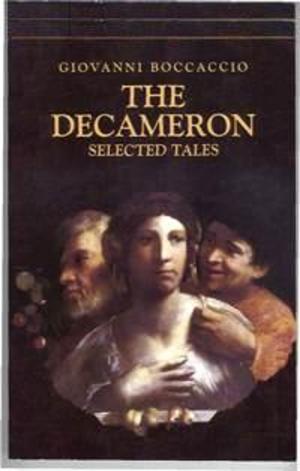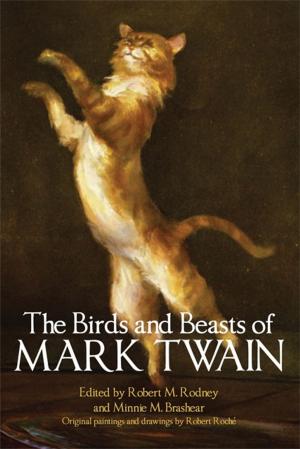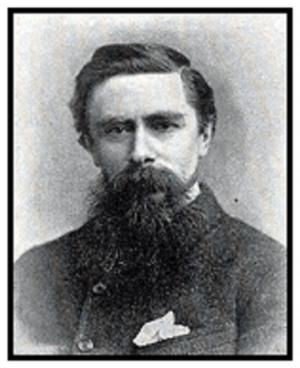| Author: | Jack Kerouac | ISBN: | 9780988232228 |
| Publisher: | The Devault-Graves Agency | Publication: | December 14, 2012 |
| Imprint: | Devault-Graves Digital Editions | Language: | English |
| Author: | Jack Kerouac |
| ISBN: | 9780988232228 |
| Publisher: | The Devault-Graves Agency |
| Publication: | December 14, 2012 |
| Imprint: | Devault-Graves Digital Editions |
| Language: | English |
In 1955 novelist Jack Kerouac detoured from his cross-country American travels to Mexico City where a group of junkie expatriates he had known from the New York City post-War scene had gone for the cheap and plentiful supply of heroin and morphine. Fellow Beat writer William S. Burroughs, who had been a part of the Mexican expatriate community, had introduced Kerouac to Bill Garver (named Old Bull Gaines in the novel), a much-older long-term addict who had in turn introduced Kerouac to Esperanza Villanueva, whom Kerouac named Tristessa in the novel. Kerouac fell under the spell of Esperanza’s dark allure and exotic surroundings and hoped to re-experience the “fellaheen nights” of his joyous adventures with Mexicans in his past. Esperanza/Tristessa, however, proved to be a far more troubled and contentious companion than Kerouac had bargained for. Kerouac had entered a particularly contemplative time in his life—he had discovered an inner peace through Zen Buddhism and was practicing an ascetic lifestyle that included celibacy—a choice he later regretted. Although Kerouac managed to control his alcoholic tendencies much of the time in Mexico, Tristessa sank deeper and deeper into the belly of morphine addiction. Kerouac returned to Mexico City a year later (1956) hoping to resume his platonic friendship with Tristessa and perhaps even pursuing a physical relationship with her only to find a desperately junk-sick, emaciated Tristessa who could barely function. Shocked, disappointed, and largely ignored by his brown-skinned goddess, Kerouac left Tristessa trembling and barely coherent, taking only his notebooks and memories from the unpleasant experience. Blending his incandescent, highly-evocative, careening prose with alternately blissful and rueful meditations based on his Zen and Catholic teachings, Jack Kerouac in Tristessa documents a painful episode in the beatest of his Beat style. Tristessa remains a Kerouac classic—an iconic work emblematic of the world that existed far outside the living rooms of ’50s America. The new Devault-Graves Digital Editions version of Tristessa contains a wealth of new material for both the casual reader and the student of Beat Generation literature. Included are: extensive annotations and endnotes, an original Afterword by author Tom Graves, a bibliography of Jack Kerouac’s literary works, a guide for further study on works about Jack Kerouac, a guide for further study of books by other key Beat Generation writers, and an annotated Character Key to identify the characters in Tristessa.
In 1955 novelist Jack Kerouac detoured from his cross-country American travels to Mexico City where a group of junkie expatriates he had known from the New York City post-War scene had gone for the cheap and plentiful supply of heroin and morphine. Fellow Beat writer William S. Burroughs, who had been a part of the Mexican expatriate community, had introduced Kerouac to Bill Garver (named Old Bull Gaines in the novel), a much-older long-term addict who had in turn introduced Kerouac to Esperanza Villanueva, whom Kerouac named Tristessa in the novel. Kerouac fell under the spell of Esperanza’s dark allure and exotic surroundings and hoped to re-experience the “fellaheen nights” of his joyous adventures with Mexicans in his past. Esperanza/Tristessa, however, proved to be a far more troubled and contentious companion than Kerouac had bargained for. Kerouac had entered a particularly contemplative time in his life—he had discovered an inner peace through Zen Buddhism and was practicing an ascetic lifestyle that included celibacy—a choice he later regretted. Although Kerouac managed to control his alcoholic tendencies much of the time in Mexico, Tristessa sank deeper and deeper into the belly of morphine addiction. Kerouac returned to Mexico City a year later (1956) hoping to resume his platonic friendship with Tristessa and perhaps even pursuing a physical relationship with her only to find a desperately junk-sick, emaciated Tristessa who could barely function. Shocked, disappointed, and largely ignored by his brown-skinned goddess, Kerouac left Tristessa trembling and barely coherent, taking only his notebooks and memories from the unpleasant experience. Blending his incandescent, highly-evocative, careening prose with alternately blissful and rueful meditations based on his Zen and Catholic teachings, Jack Kerouac in Tristessa documents a painful episode in the beatest of his Beat style. Tristessa remains a Kerouac classic—an iconic work emblematic of the world that existed far outside the living rooms of ’50s America. The new Devault-Graves Digital Editions version of Tristessa contains a wealth of new material for both the casual reader and the student of Beat Generation literature. Included are: extensive annotations and endnotes, an original Afterword by author Tom Graves, a bibliography of Jack Kerouac’s literary works, a guide for further study on works about Jack Kerouac, a guide for further study of books by other key Beat Generation writers, and an annotated Character Key to identify the characters in Tristessa.
